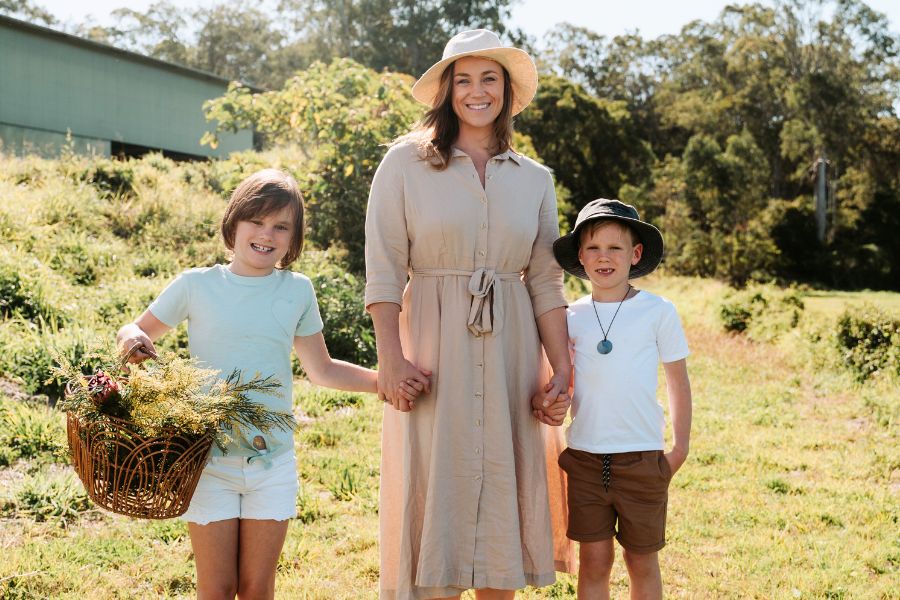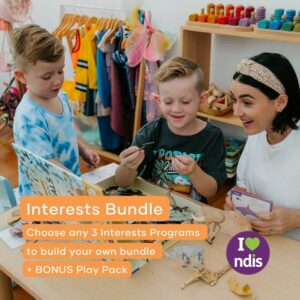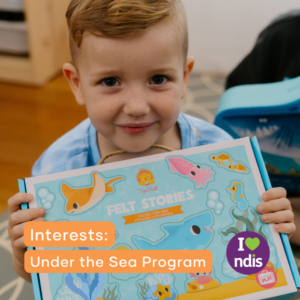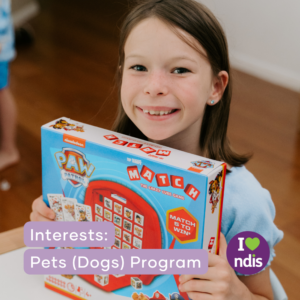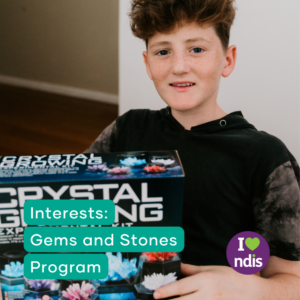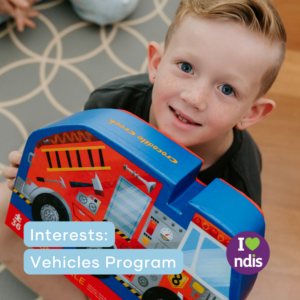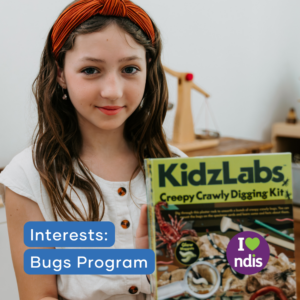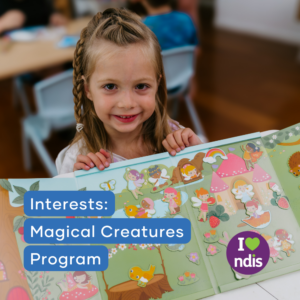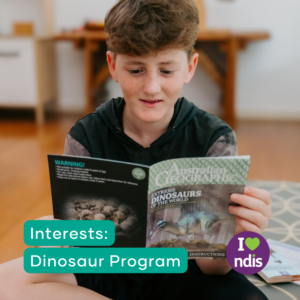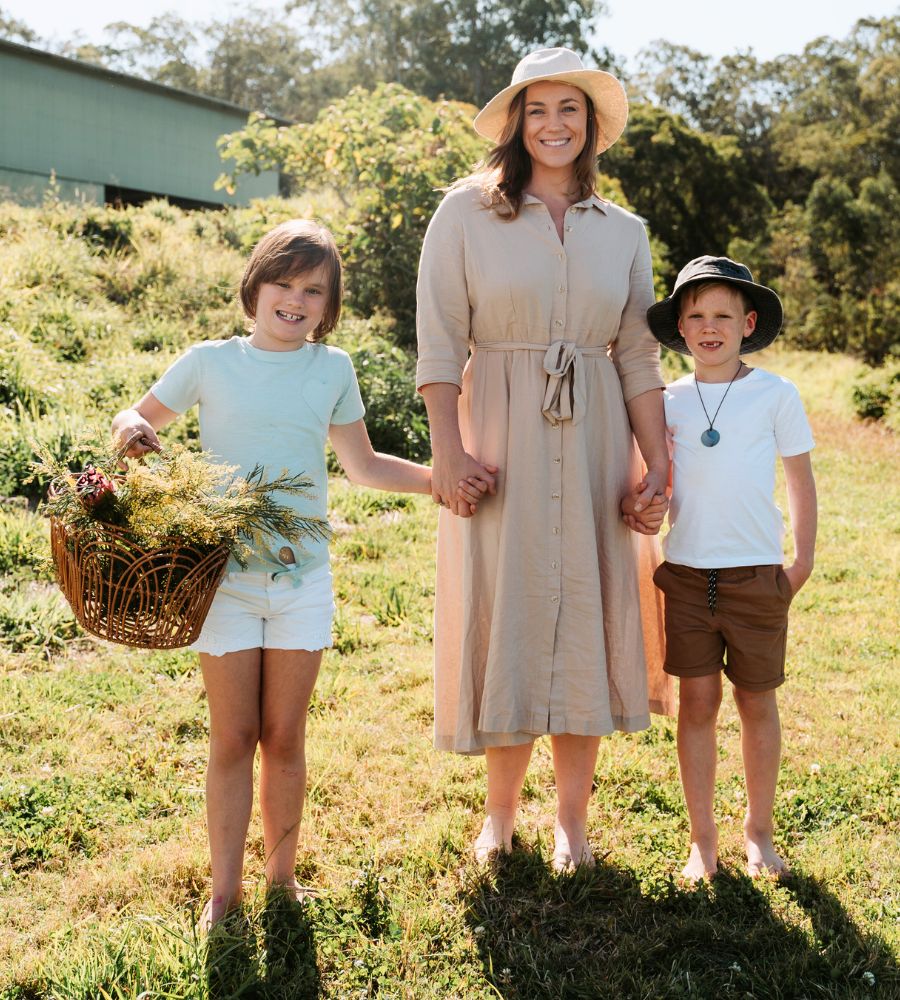
Interest-based family-time projects are a way to spend time together that allows for shared experiences, strengthening life skills and bonding. Rather than outsourcing all our children’s learning to teachers, therapists or extracurricular clubs, having time to create and make together, or solve problems around the home together, provides us with the opportunity to come alongside one another in a collaborative fashion that isn’t always possible in other elements of the rush of the day. In the journey of parenting a ND child, understanding the power of their special interests and engaging in collaborative family projects can foster connection, boost confidence and create a sense of empowerment. This blog explores why actively participating in your child’s interests is invaluable, and why slow, collaborative family projects can be more meaningful than outsourced solutions.

What do I mean by interest-based family-time projects? Well, it can be anything really. It is simply following the natural impulse of your children to do, make or create something real and meaningful that taps into what they care about and doing it together. You don’t have to be good at it, in fact, in many ways it is better if you are not and you are learning together. Examples of family projects that have been tackled in our home include baking and decorating cakes for birthday parties (complete with fondant figures – we learned to make them by watching YouTube; you can learn to do ANYTHING on YouTube), creating a fairy garden out the front of our home for the neighbours to enjoy, designing and painting the kid’s bedroom, looking up face-paint tutorials and painting each others faces, baking bread and pastries, sewing/ mending or altering clothing, making movies as a family or learning a Tiktok dance together, building and creating in Minecraft together and creating the ultimate domino set up.
Discovering interests
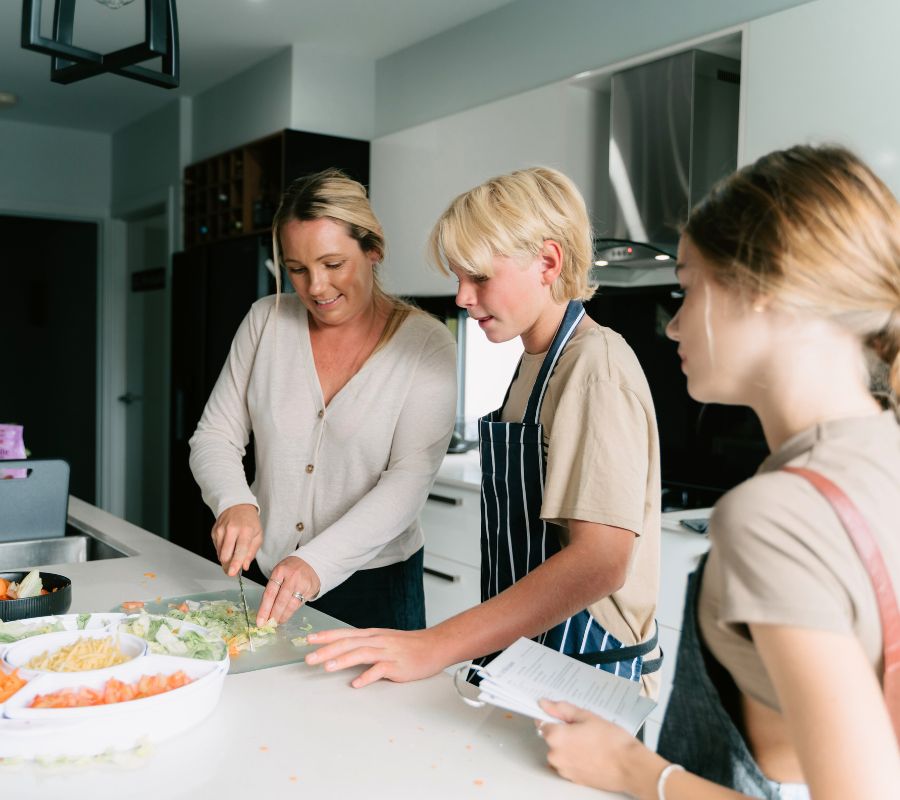
Pay close attention to your child’s actions, conversations, and reactions. What topics or activities seem to captivate their attention? What specifically is it about their special interest that they gravitate towards? How can the various interests in your home be combined in meaningful ways? For example, when one of my daughters was excited about baking and the other deeply into Frozen, Elsa and braiding hair, we baked mini cakes that they both transformed into doll-cakes and also made bread rolls that were braided into ‘Elsa’s hairdo.’ ND children often develop intense interests in specific topics. Embrace these passions as they can be a gateway to connection and understanding. Actively participate by learning alongside your child, asking questions and showing genuine interest in their discoveries. By immersing yourself in your child’s special interests, you’re not just a spectator but a participant in their world. This shared enthusiasm builds a strong emotional connection, providing a common ground for communication and mutual enjoyment.
The only real requirements for family projects is that they are done without any time pressure and without expectation to achieve perfection. The genuine homemade quality of the results will ultimately be their charm. A uniquely wonderful thing about these projects is that they are done at home, during times of spacious open days. they cannot be rushed and they cannot be bought. In our current lives, with the meticulously Instagrammed birthday parties and rampant consumerism, it requires bravery to be willing to present a cake that is homemade and decorated by children. But the skills your children learn about seeing something through from idea to actuality are so much more important than the pretty presentation of a store-bought cake. To prove that I mean this, I am including photos (at the bottom of this blog) of actual creations we have made.
Designated family time has to be carved out and protected in your schedule to achieve it. Set aside dedicated family time for project work. Consistency is key, whether it’s a weekly session, a monthly endeavour, or something that happens during school holidays, time needs to be carved out deliberately to make this happen.
Collaborative goal-setting can be discussed as you go, so that you can set achievable goals for the project. This helps create a scaffold for your children to set their goals somewhat realistically. They will need your support to break down larger goals into smaller, more manageable tasks. This makes the project less overwhelming and allows for regular celebrations of progress.
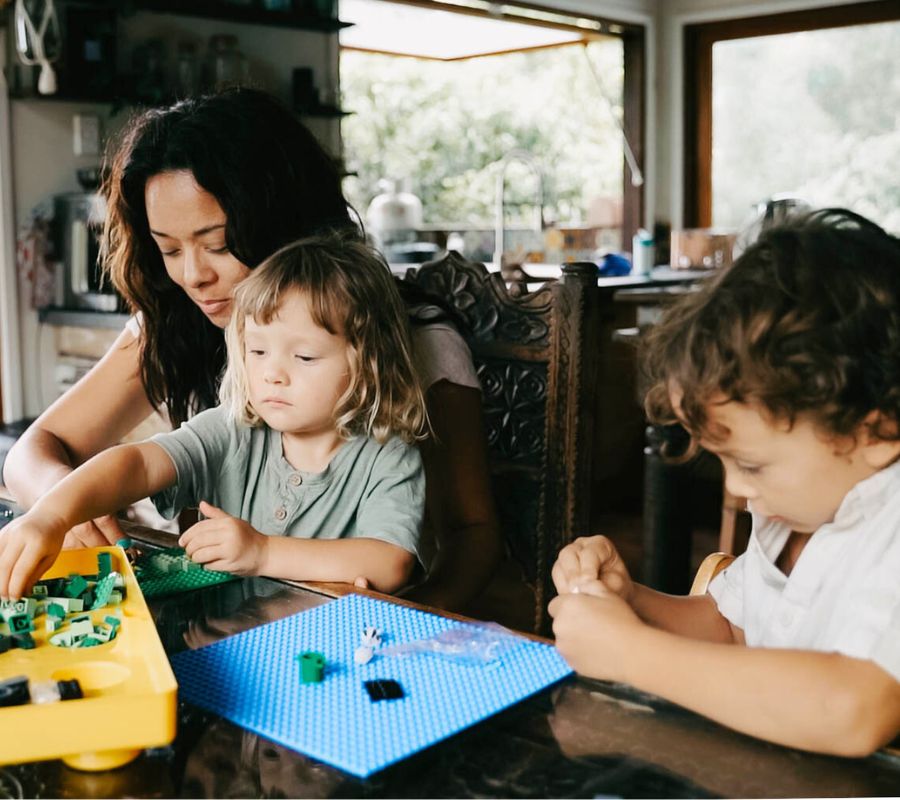
‘My interests project’ template
To help plan your project we have created an activity template that is designed to foster family bonding by guiding children through the creative process. Brainstorm project ideas tailored to your shared likes, and cultivate organisational skills by listing the materials needed for the project. Capture the memories by drawing or describing the completed project, reflecting on your family’s creative journey. And don’t forget to share them on our socials!
Creating a safe culture for mistake-making is essential to introducing collaborative family projects into your family culture. This might require demonstrating good humour about your own errors. I recently faced this dilemma when I took a number of hours to attempt to transform a 1990s troll doll into a character from the latest Trolls movie for my youngest daughter. When I presented it to her she pointed out that it was ‘the ugliest doll in the world’ and she wasn’t wrong. We ended up in fits of laughter together crying about how terribly it had turned out and I am giggling now just thinking about it. Learning not to be precious about our failed creations and to be able to acknowledge when what we imagined in our heads isn’t able to be created, is essential for developing frustration tolerance.
Engaging in family projects collaboratively requires patience and resilience. Taking the time to work together, facing challenges and celebrating successes as a family instils valuable life skills in your ND child, contributing to their overall growth. Actively engaging with your NDe child in their special interests sends a powerful message: you value their uniqueness and capabilities. This affirmation fosters a sense of empowerment, contributing to their self-esteem and confidence. Collaborative learning experiences can be transformative. Dive into your child’s interests, explore books, documentaries, or hands-on activities together. This not only enhances their knowledge but also promotes a love for learning that extends beyond the specific interest.
Remember, the goal is not just the completion of the project but the shared experiences and connections forged along the way. Enjoy the journey and cherish the moments of collaboration, learning, and joy as a family. In embracing your neurodiverse child’s special interests and engaging in collaborative family projects, you’re not just creating memorable moments. You’re building a foundation of connection, empowerment and understanding that will positively impact your family culture. Slow and steady, together as a family, the journey becomes a beautiful tapestry of shared experiences and growth. Goodluck! Love, Holly.
1 FEBRUARY 2024
WRITTEN BY HOLLY KARTEN
ND PARENT | EDUCATOR

